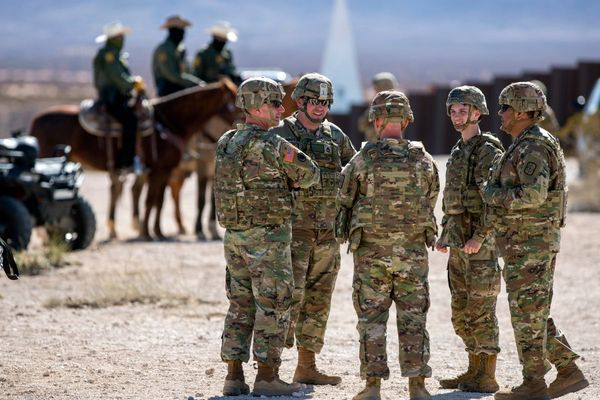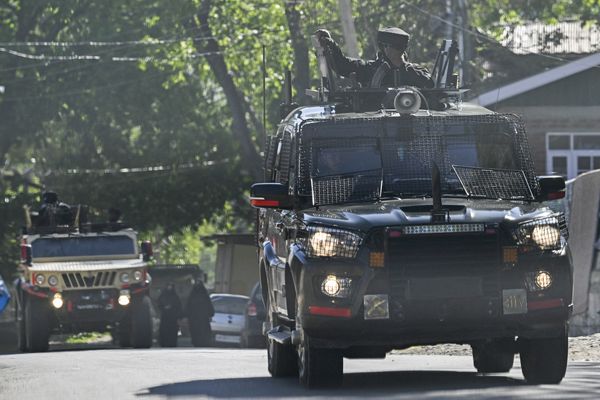
The array was delivered by Space X's Dragon cargo craft on 27 November and will provide the ISS with up 30% more power, generating a total of 120,000 watts of energy during orbital daytime, according to Nasa.
NASA uploaded the video on Twitter and wrote, "Can we fix it? Yes, we can. Astronauts Josh Cassada and Frank Rubio have successfully installed Roll-Out Solar Array on the starboard truss structure of the @Space_Station. They have also disconnected a cable allowing restoring a power channel to 75% of its operating capacity."
Astronauts ended their spacewalk around 12:51 am today after successfully installing a new roll-out solar array on the station.
NASA said it was the 256th spacewalk in support of space station assembly, upgrades, and maintenance, and was the second spacewalk for both astronauts. Cassada and Rubio are in the midst of a planned six-month science mission living and working aboard the microgravity laboratory to advance scientific knowledge and demonstrate new technologies for future human and robotic exploration missions, including lunar missions through NASA’s Artemis.
The next US spacewalk is scheduled for Monday, December 19, to install an International Space Station Roll-Out Solar Array (iROSA) on the 4A power channel on the port truss. This will be the fourth iROSAs out of a total of six planned for installation.
"The third and newest roll-out solar array (iROSA 3A) has been installed and unfurled on the station's Starboard truss segment and is generating power. A fourth roll-out solar array will be installed on another spacewalk planned for December 19," International Space Station tweeted.







